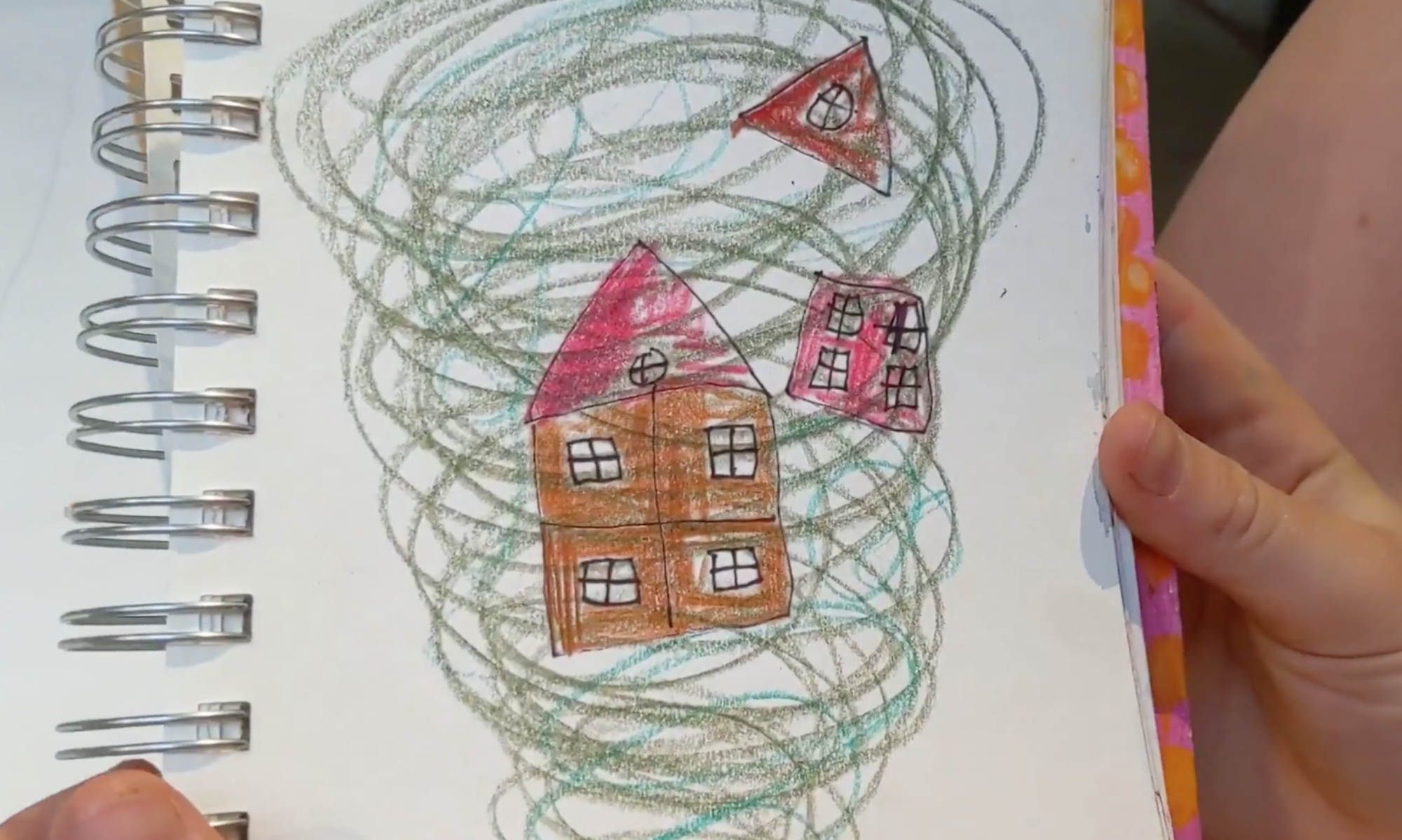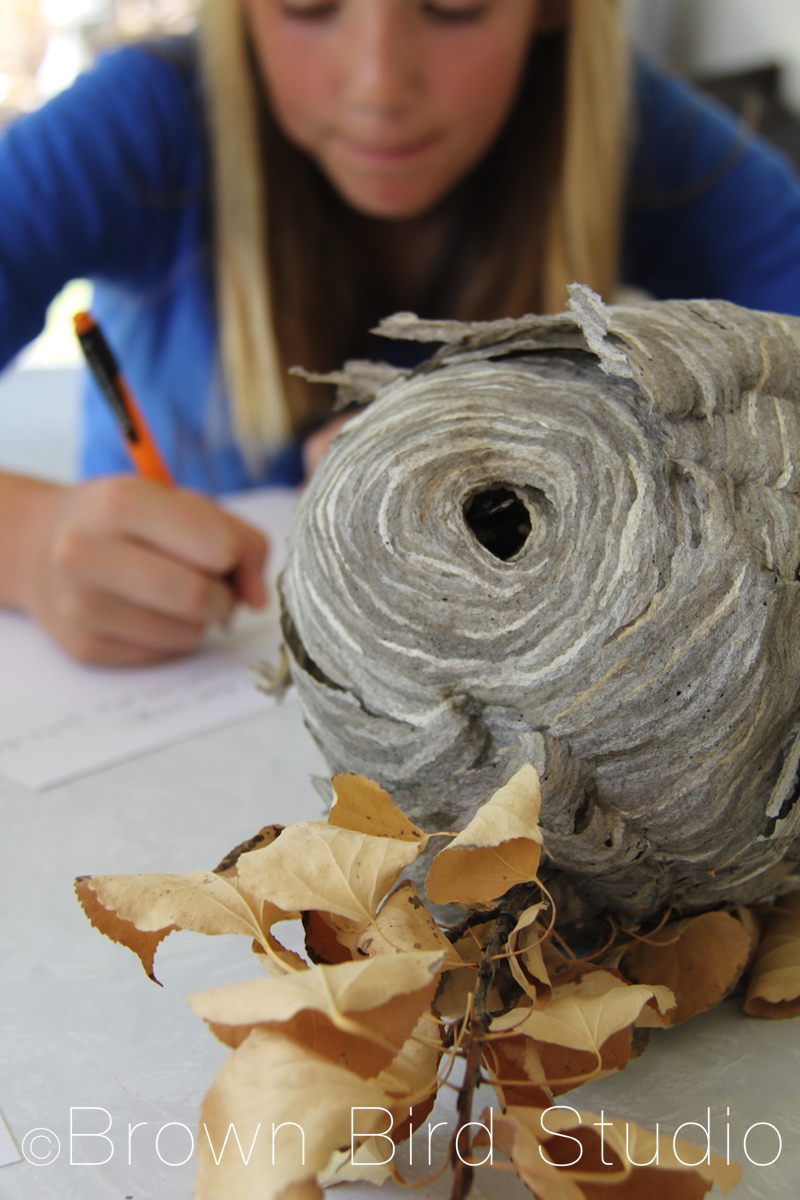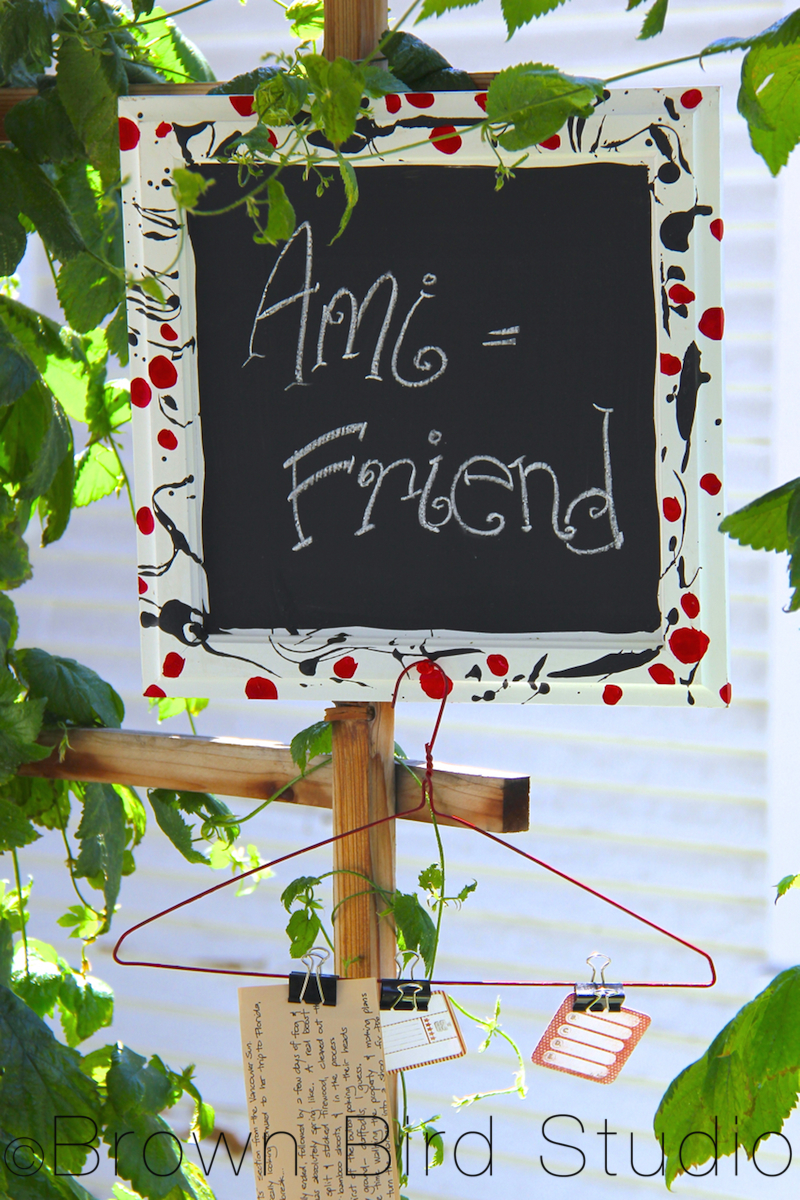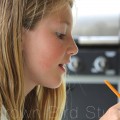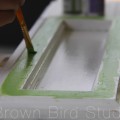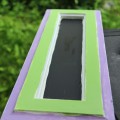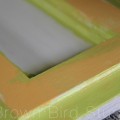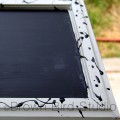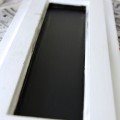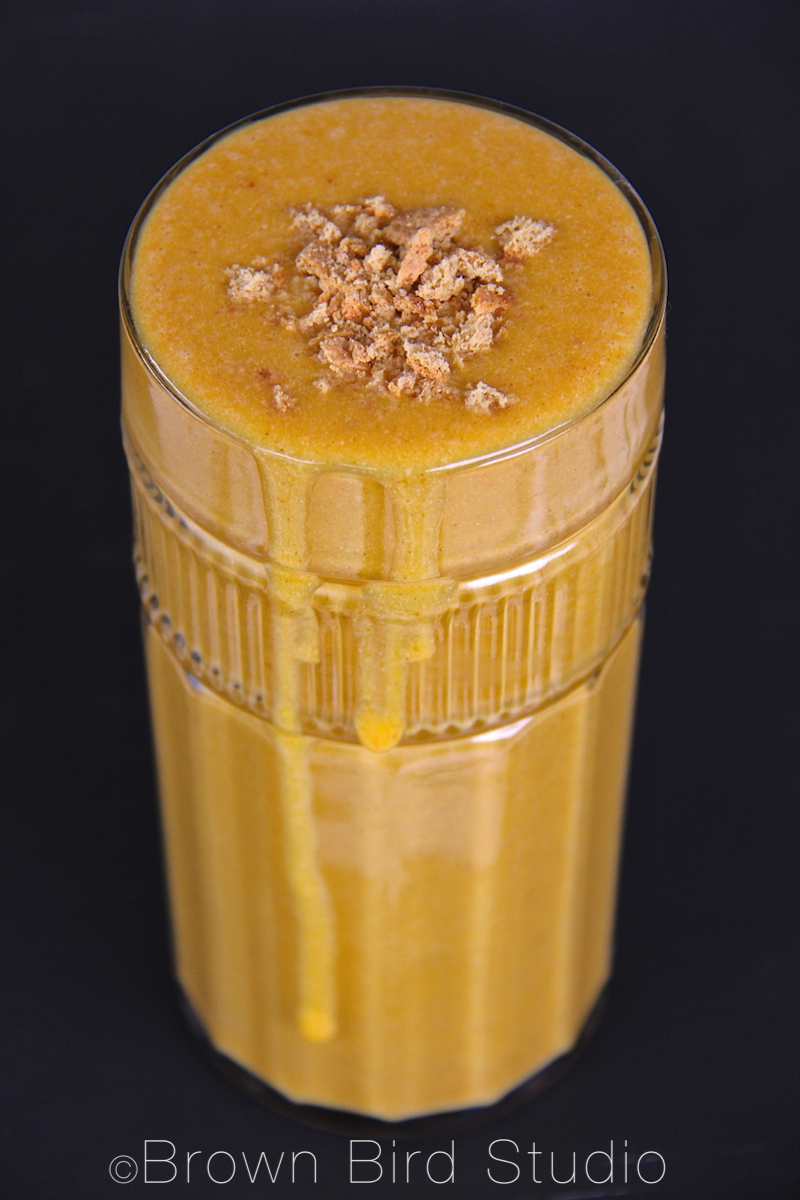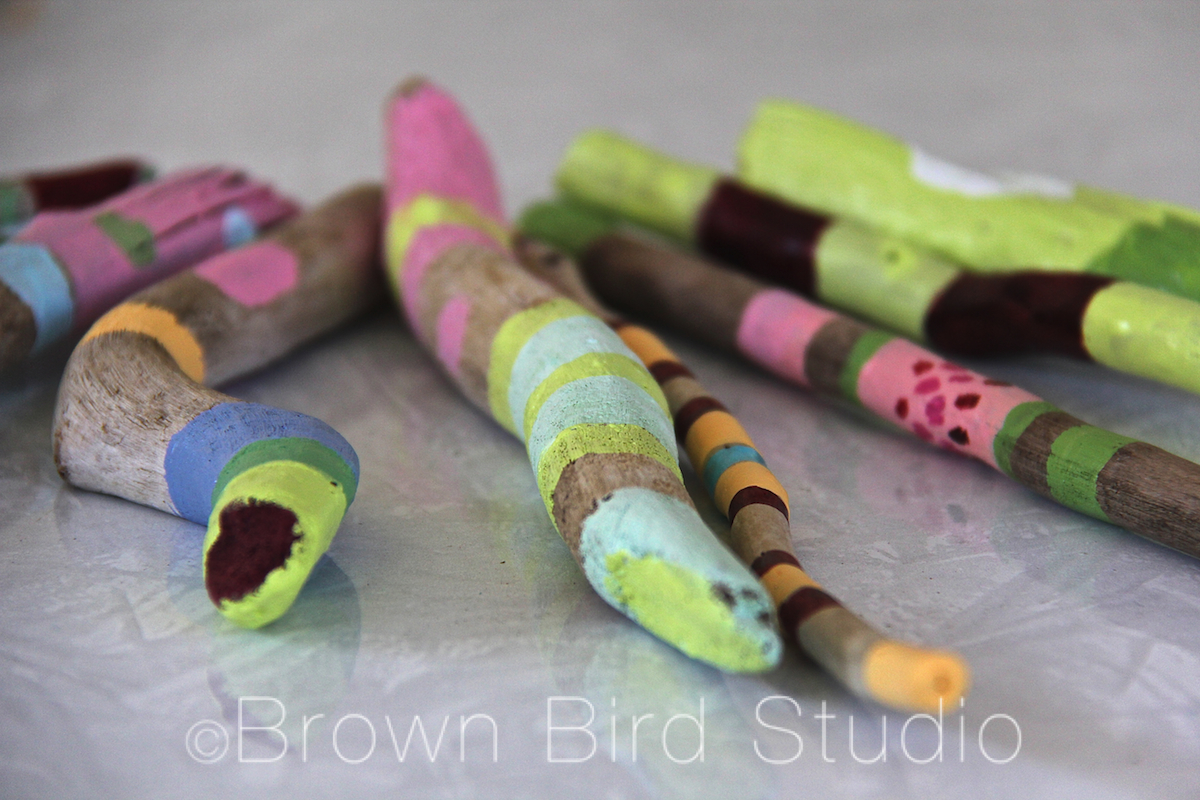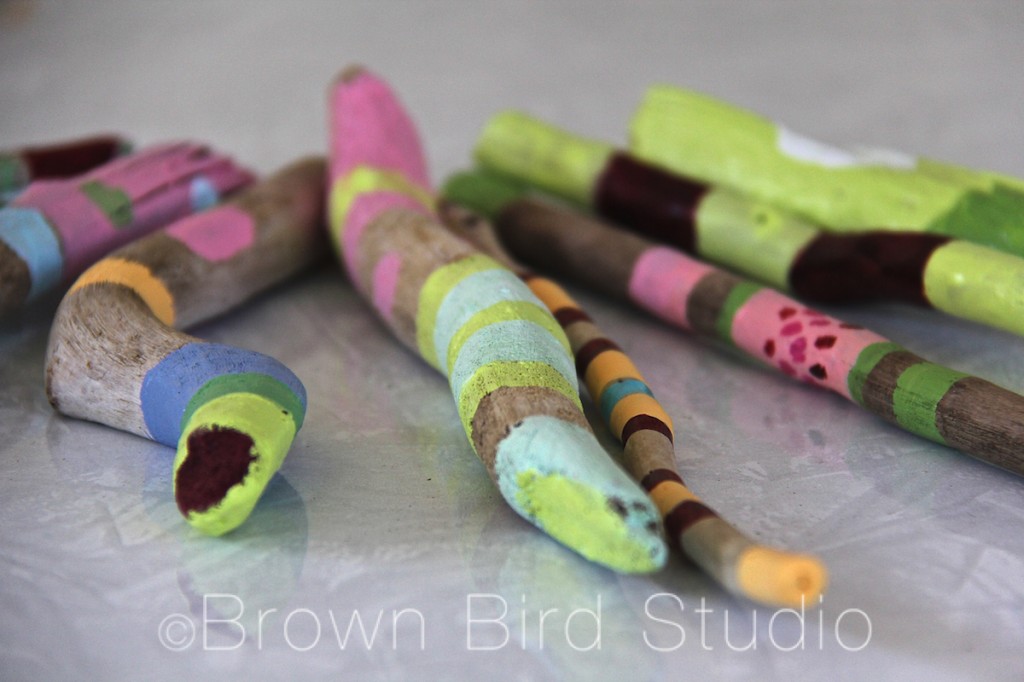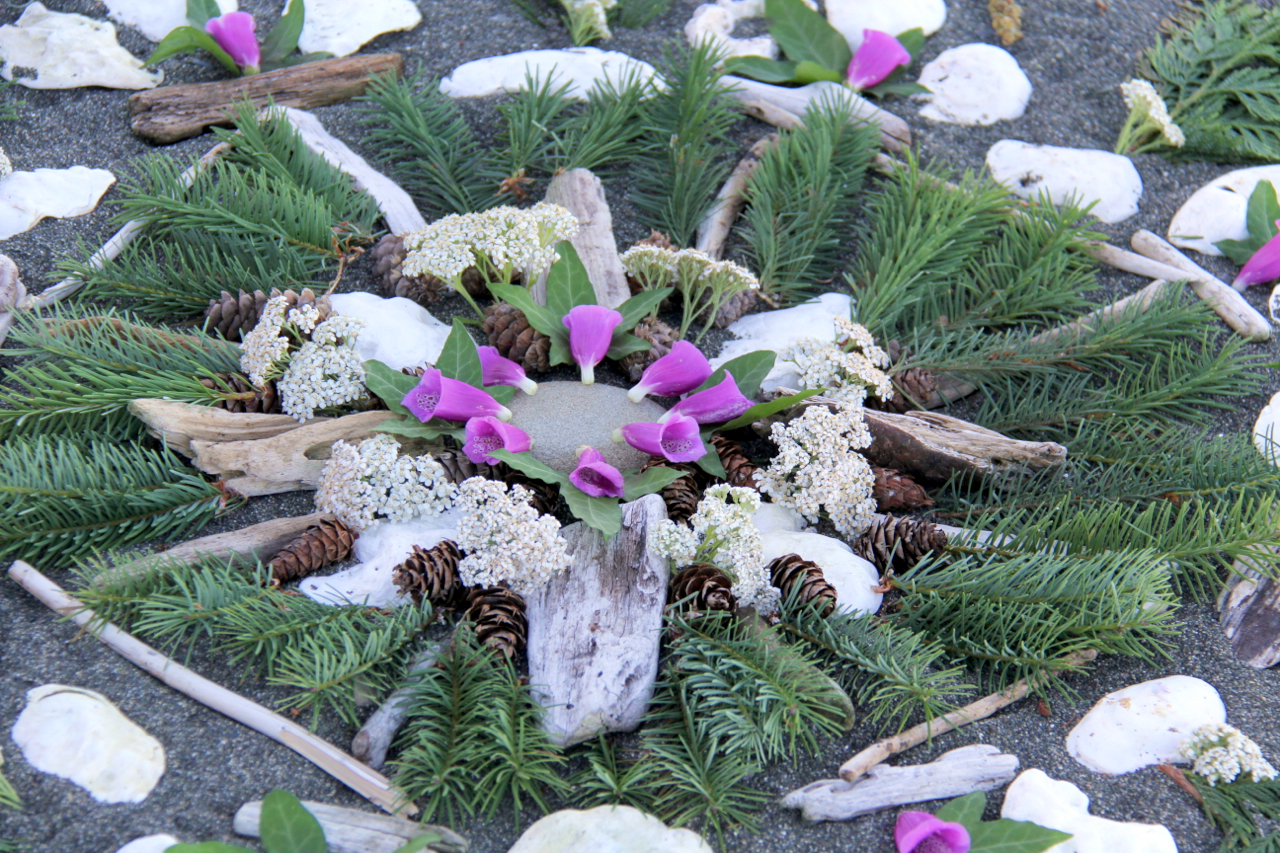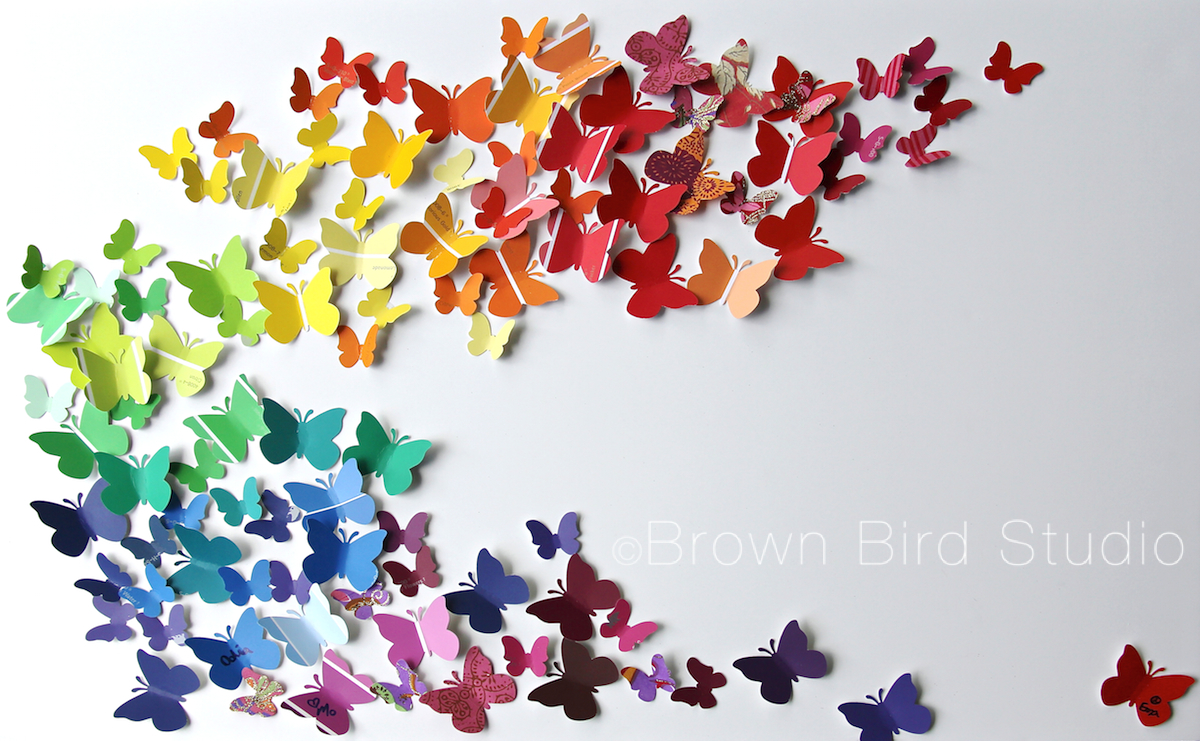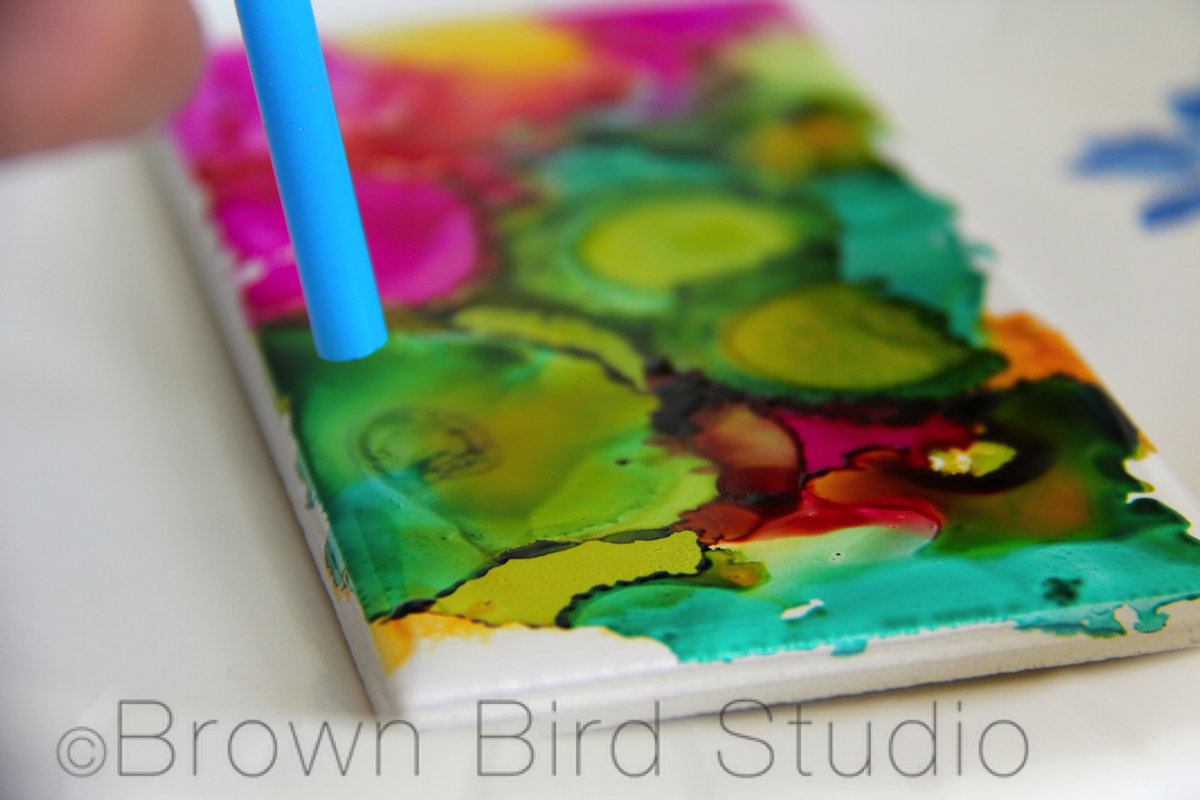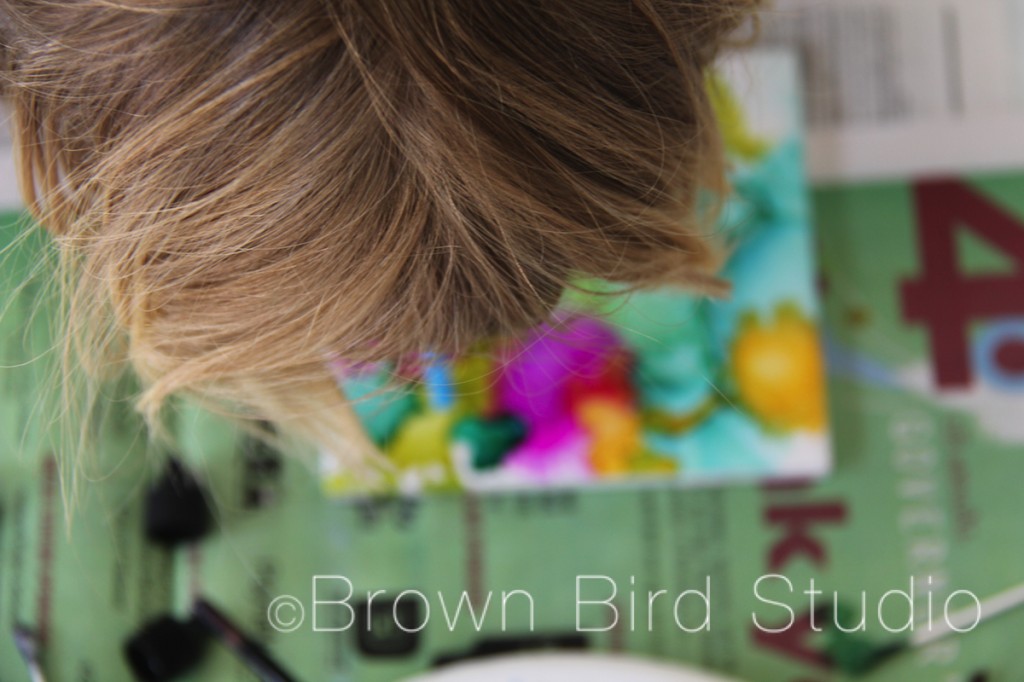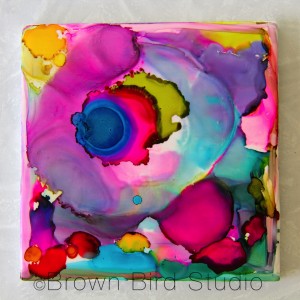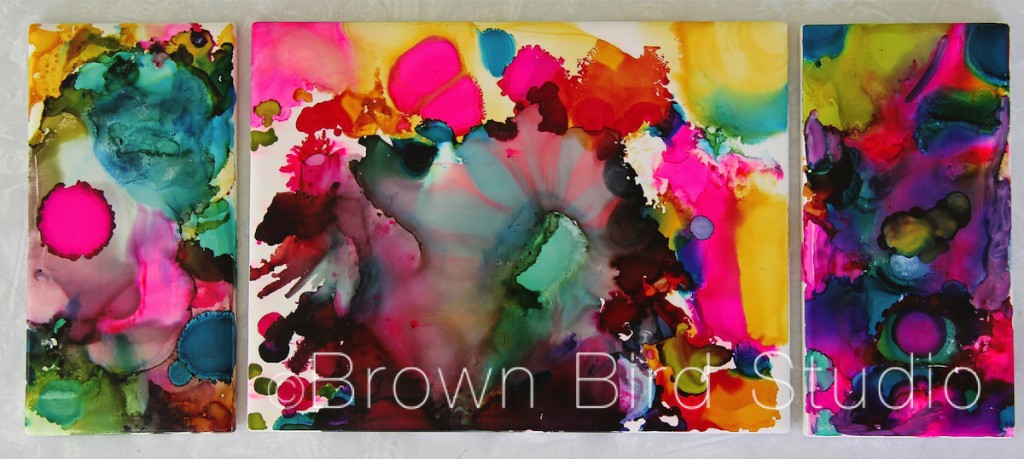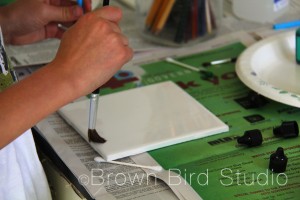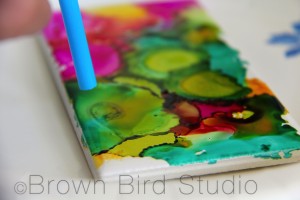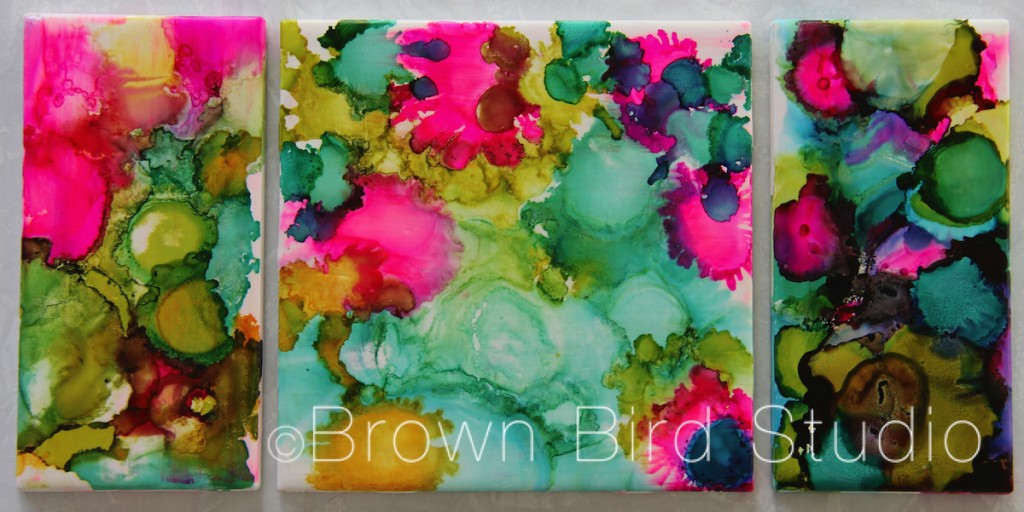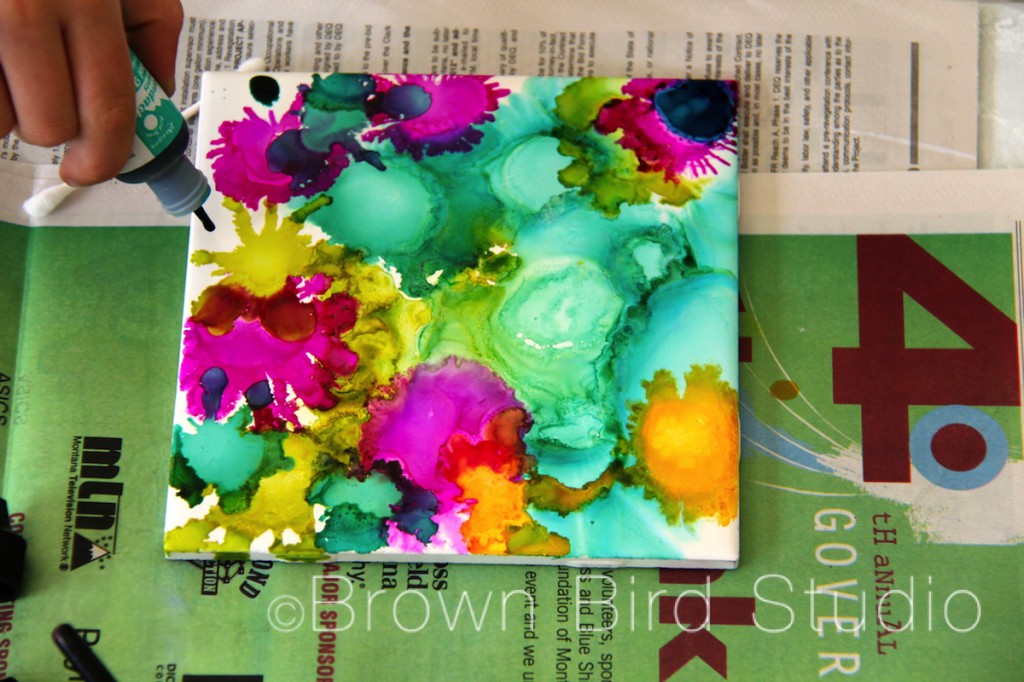How to make Chalkboard Signs from Old Kitchen Bits
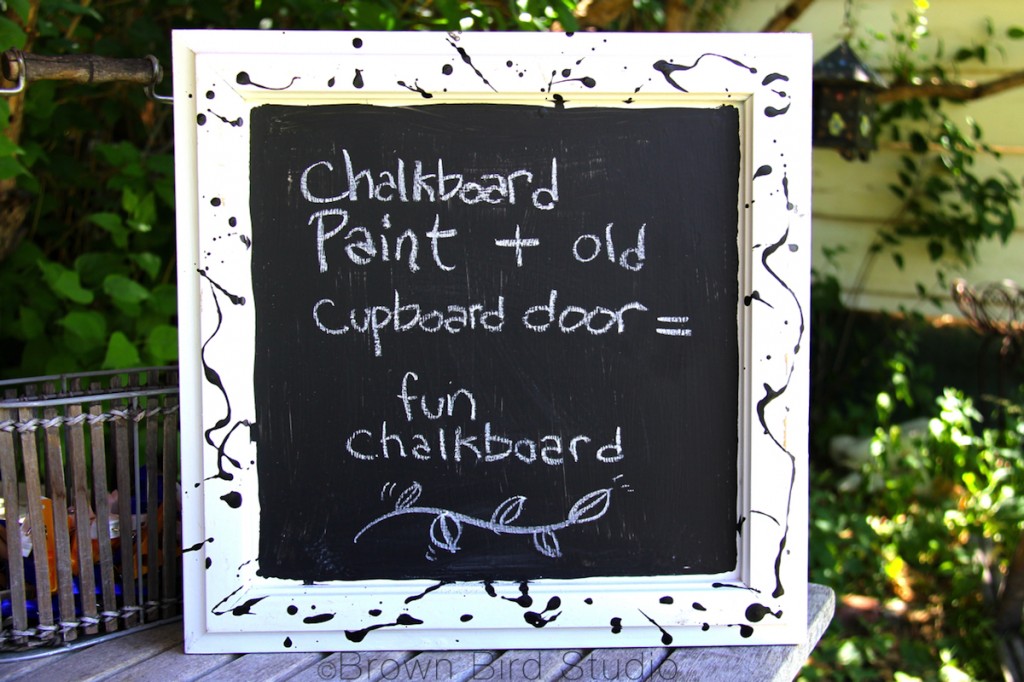 Our local Habitat for Humanity has a depot for sourcing used building materials, called ReStore. I love to stop in regularly to see what they have that I might up-cycle into something useful, even though we are not building or remodeling right now.
Our local Habitat for Humanity has a depot for sourcing used building materials, called ReStore. I love to stop in regularly to see what they have that I might up-cycle into something useful, even though we are not building or remodeling right now.
Last week I went to ReStore specifically to find something I could turn into small chalkboard signs with Ema and Adia and I scored! I found some old white frame and flat panel kitchen cupboard parts that already had that slight shabby-chic look that’s so popular now. I already had a can of chalkboard paint, though if I didn’t I would be writing now about making our own chalkboard paint.
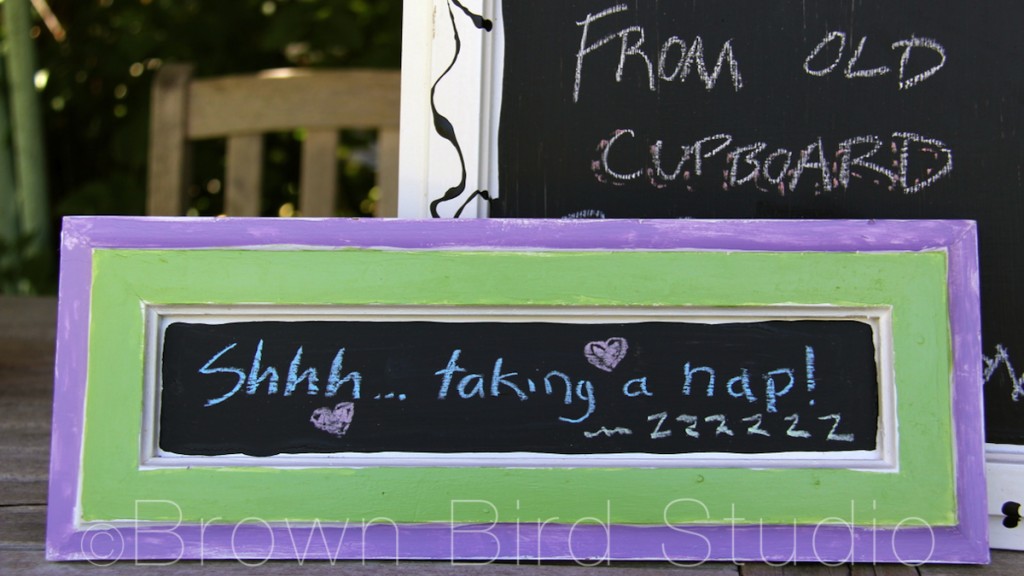
The girls painted two drawer fronts to use as signs on their bedroom door. We also made one for my kitchen, and another for Jaime’s office.
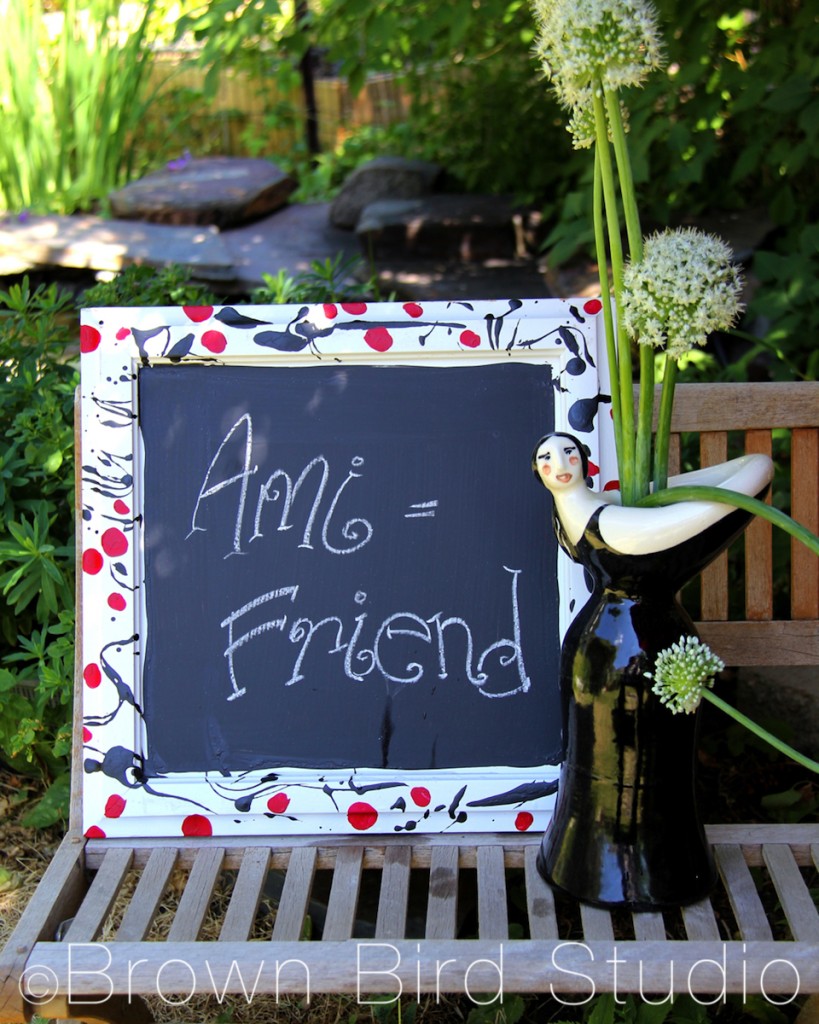
Here is how we made our chalkboard signs:
Supplies Needed:
- Something to use for the board. We used drawer-fronts and cupboard doors. You could also use an old mirror, or any flat piece of wood or substrate that will take the chalk paint.
- Chalkboard paint (You can make your own if you want. I found directions here.)
- Acrylic paint if you want to add decorative designs to the frames
- Modge Podge (matte or gloss) to seal the decorative paint (don’t use Modge-Podge on the chalk paint, though!)
- Sponge brushes or a good quality flat bristle brush for painting the chalk paint
- Smaller brushes for the decorative design
- Metal hanger or brads, for the back of the board
- A ribbon, to hang between the brads if you choose
Instructions:
- Lightly sand the surface of whatever you are using for your chalkboard, so your paint will adhere
- Use acrylic paint to make decorative designs around the frame of the cupboard door or drawer front. Use brushes appropriate to acrylic paints and the size of your frame and strokes.
- Use a sponge brush or flat-bristle brush to apply the chalkboard paint — we didn’t worry about getting the edges perfectly even because we wanted a shabby-chic effect. Also, I like the way the brush strokes and imperfections show on the chalkboard part of our signs.
- Let dry. Seal with a layer of Modge Podge and again, let dry.
- Add brads, metal picture hangers, or good tacks on the back of the frame. Add picture wire, string or a lovely ribbon to hang your sign by.
- Enjoy changing the message on your sign whenever you feel like it!
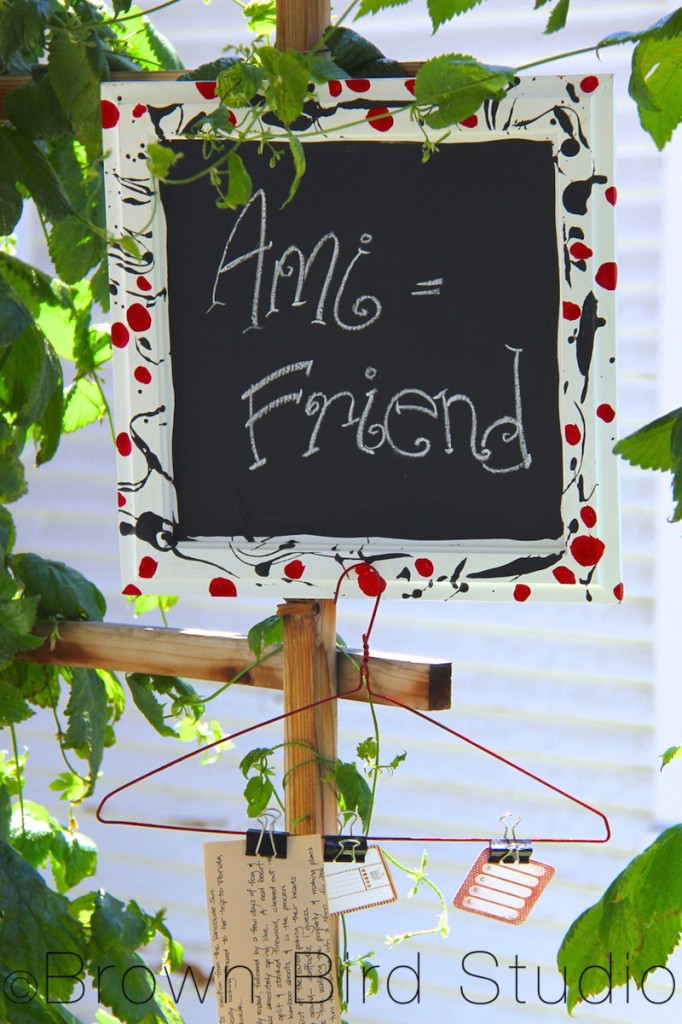
Additions we made to Jaime’s sign: we added a red painted wire clothes hanger and some clips so Jaime can hang notes, photos, whatever. Like it?
Links and Other Chalkboard Ideas:
- Comparison of homemade chalkboard paints — author also has some good ideas on using chalk paint on salvaged furniture
- Fun diy magnetic chalkboard idea. Making this next!
- Paint chalkboard risers on steps and write poetry
- Pinterest board with tons of chalkboard ideas (just a side note: I really appreciate it when people include the ORIGINAL source with their pins on Pinterest. On the other hand, it irks me greatly when people steal others’ photos by downloading, then pinning to their own Pinterest boards without giving credit where credit is due. Just sayin’)
Saturday Smoothies: Pumpkin Pie Perfection
3 Ways to Have Fun in One Summer Day
- Attend the Exploration Works/Holter Science of Art Day Camp. Then have french fries and other unmentionable deliciousness.
- Head out to Lake Helena Reservoir to collect driftwood sticks of a certain size and smoothness. Take Charlie along for sweetness and chuckles.
- Paint your sticks while eating dried seaweed on the porch, all the while enjoying an afternoon thunderstorm.
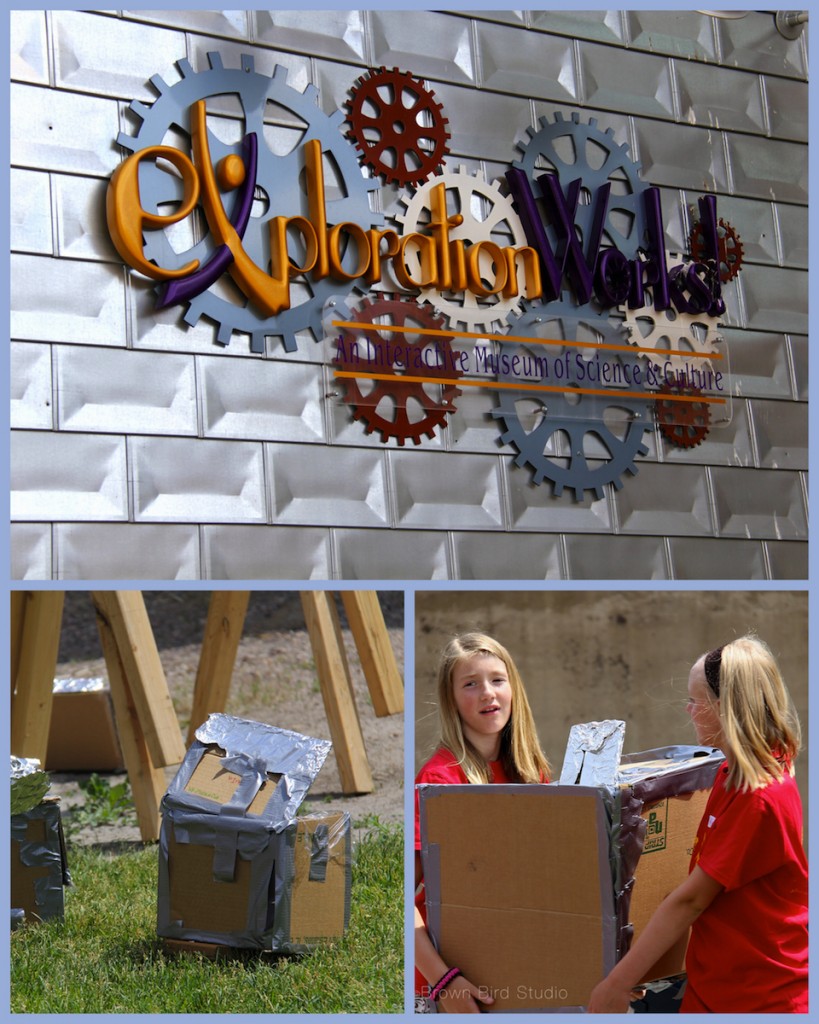
It has been 10 days since Ema and Adia and I spent the day together making art, playing with Charlie and doin other summer kid stuff. I actually missed them. And I think maybe they might have missed playing with me too. When I picked them up at the Exploration Works Science Museum at noon, they both gave Charlie and me big hugs and smiles.
So … we went to a fast food place for lunch (it shall remain unnamed — grin) just to do something totally unexpected and different. The girls liked it. (I remembered why I don’t eat there.)
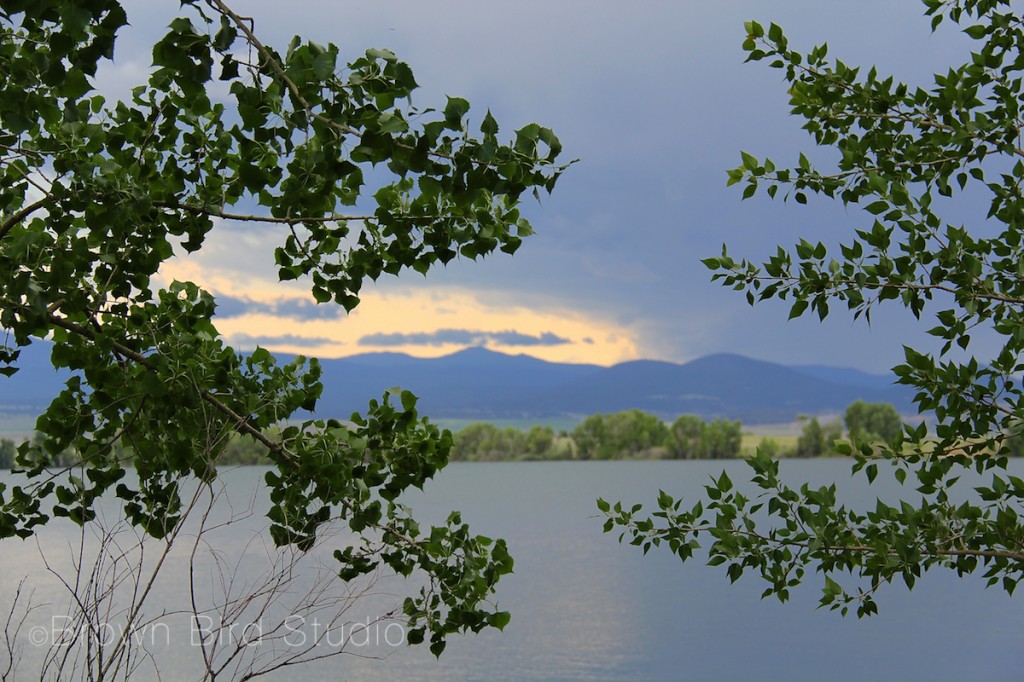
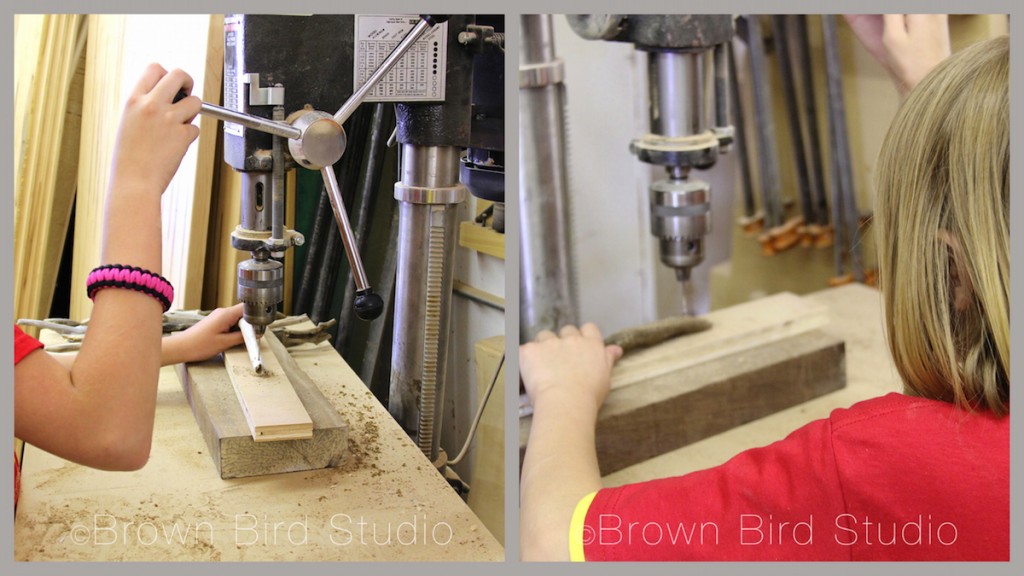
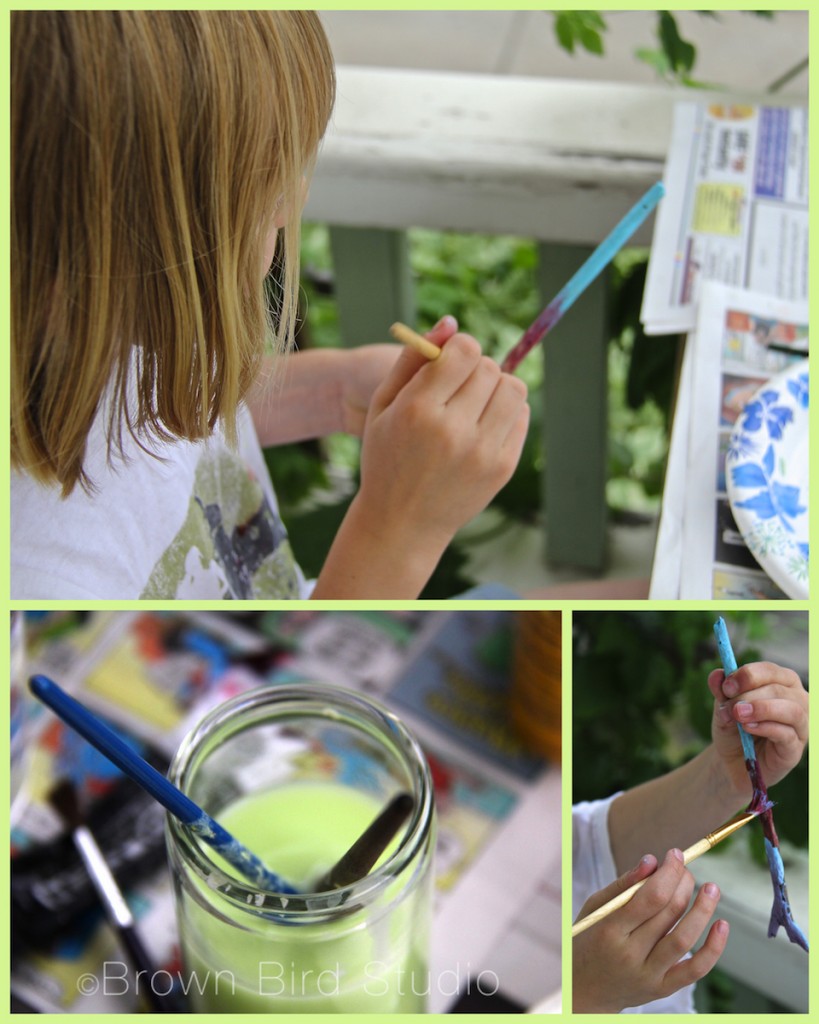
Thunder and a sweet summer rain kept us company while we painted our sticks. It’s my favorite kind of weather — a warm thunderstorm when you’re nice n’ dry on the porch so you can feel the hairs rising on your skin but you don’t get drenching wet. Welp, that was fun! And definitely something 8 to 10 year olds can handle.
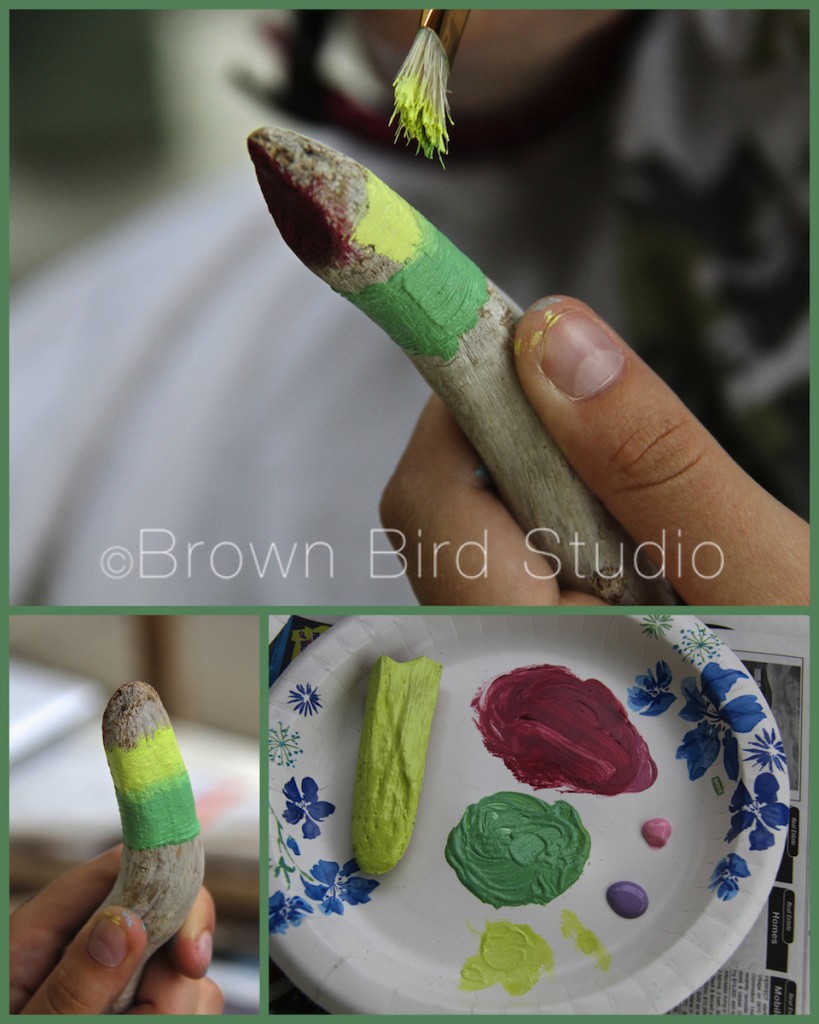
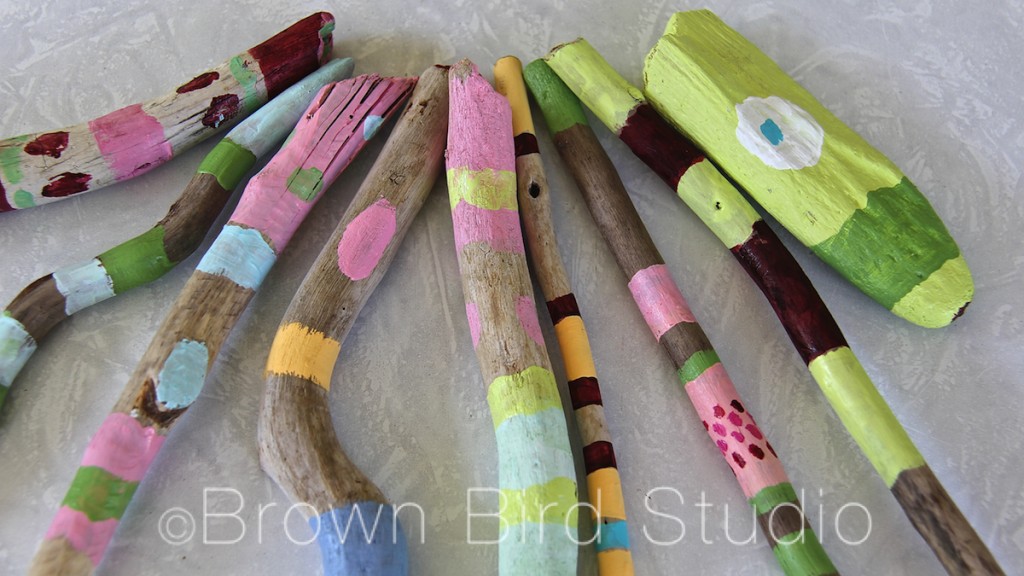
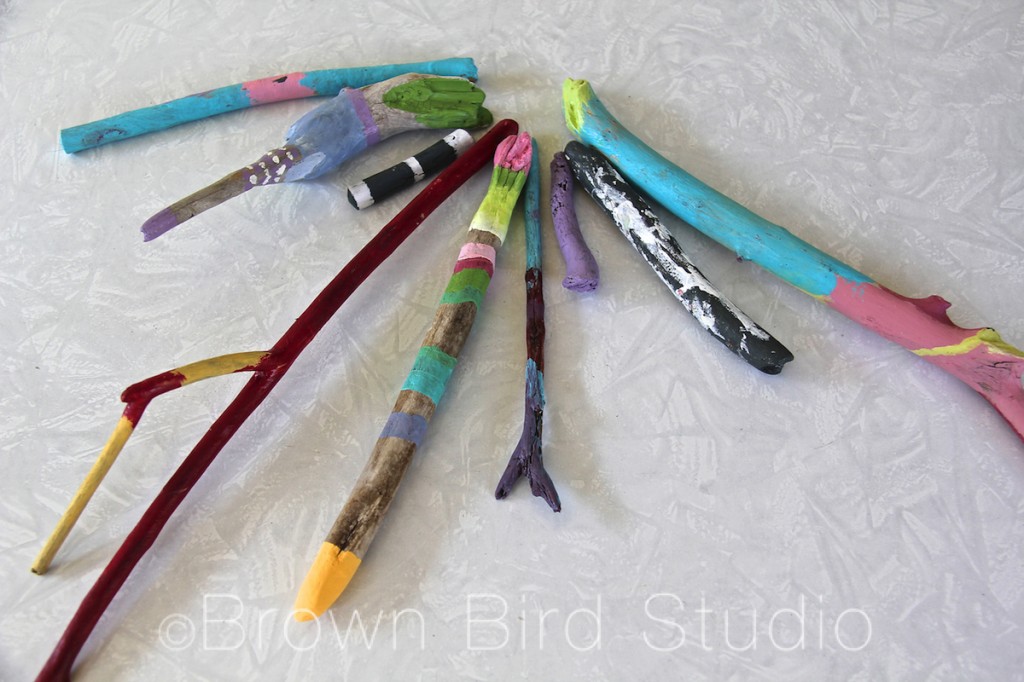
Tomorrow it’s time to turn in our Chalk It Up Helena applications. We will have a cooking lesson (Pepperoni Pizza Puffs) and try to finish our stick projects. We’ll show you the finished results next time, okay?
Ocean Mandalas Use Found Natural Materials
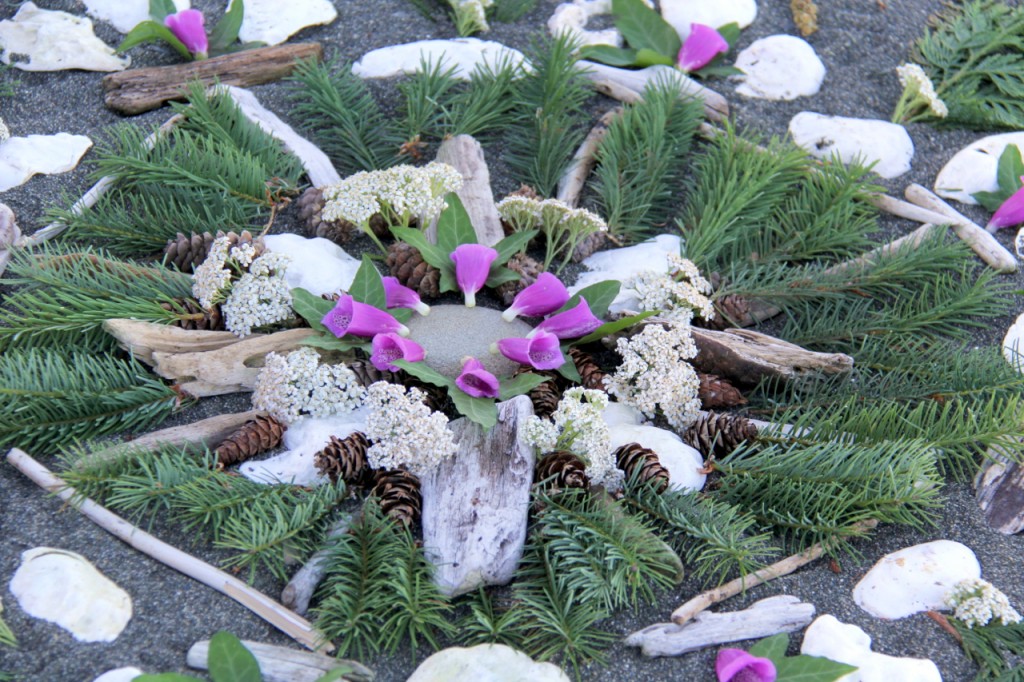
At our family reunion on Vancouver Island this past weekend, some of us made mandalas of shore materials we found in the forest and on the beach. Natural object mandalas are– by their very nature — ephemeral, and will be destroyed by the tides, wind, wildlife and time. Yet the making of these circular designs gives so much pleasure it doesn’t really matter that they won’t last long.
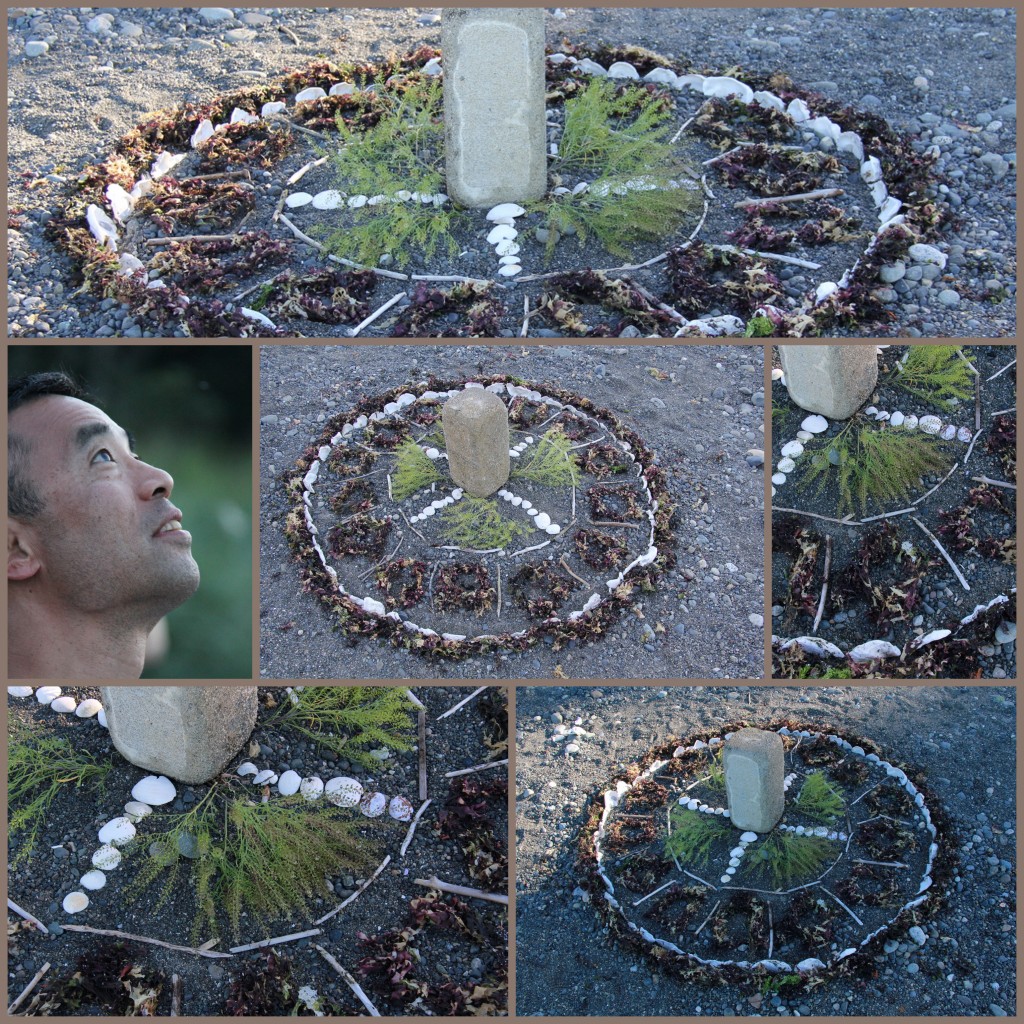
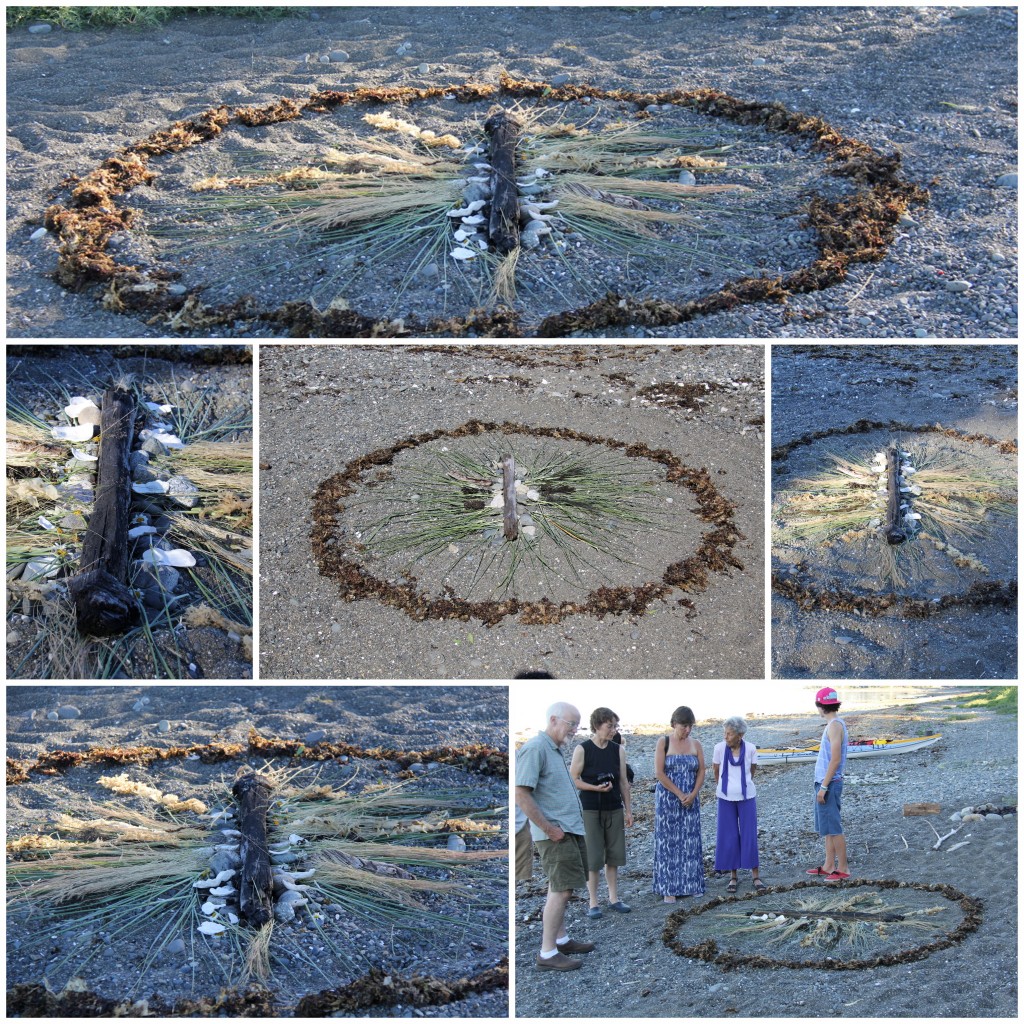
As the evening cooled, we walked around admiring the mandalas … then later watched as Tom and Kat’s mandala was washed away by the incoming tide. I love thinking of beach-walkers stumbling across our mandalas and wondering about the makers. I hope these photos inspire you to make your own mandalas, no matter where you are.
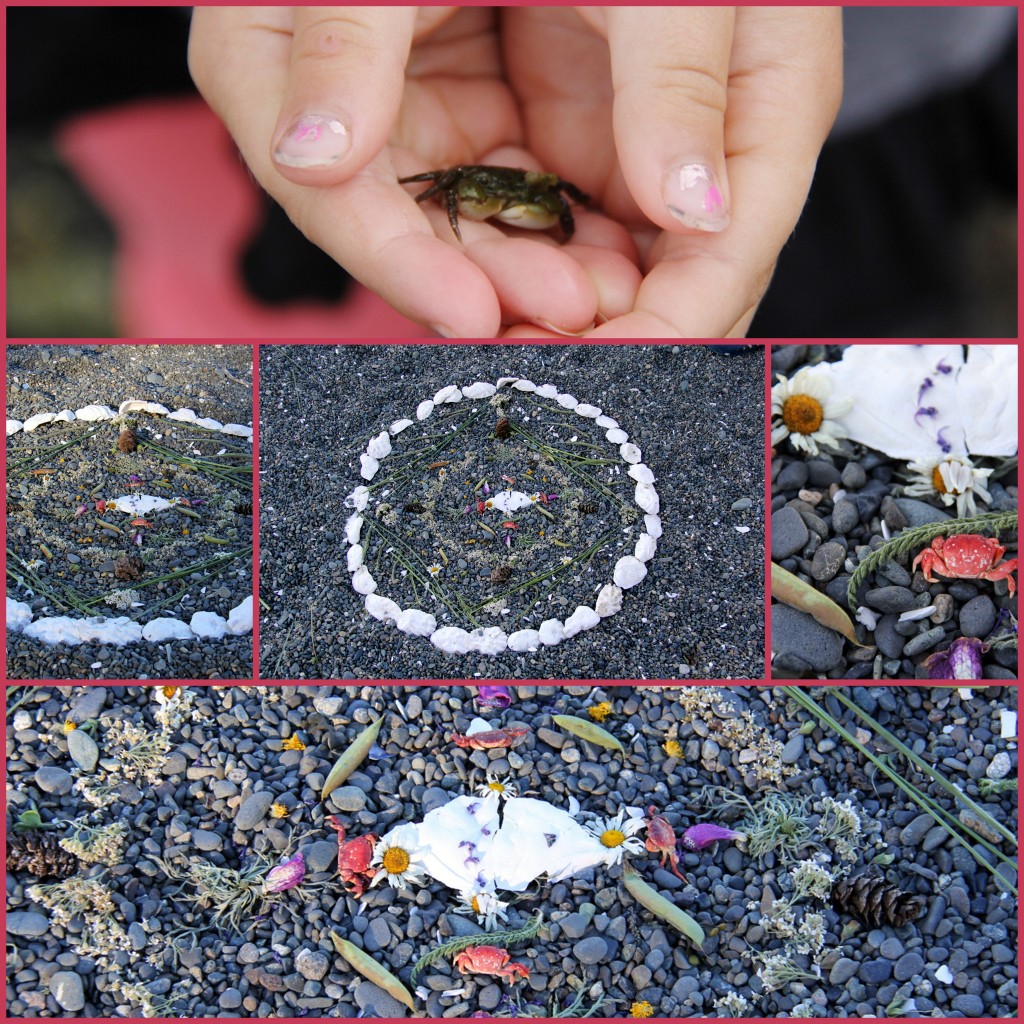
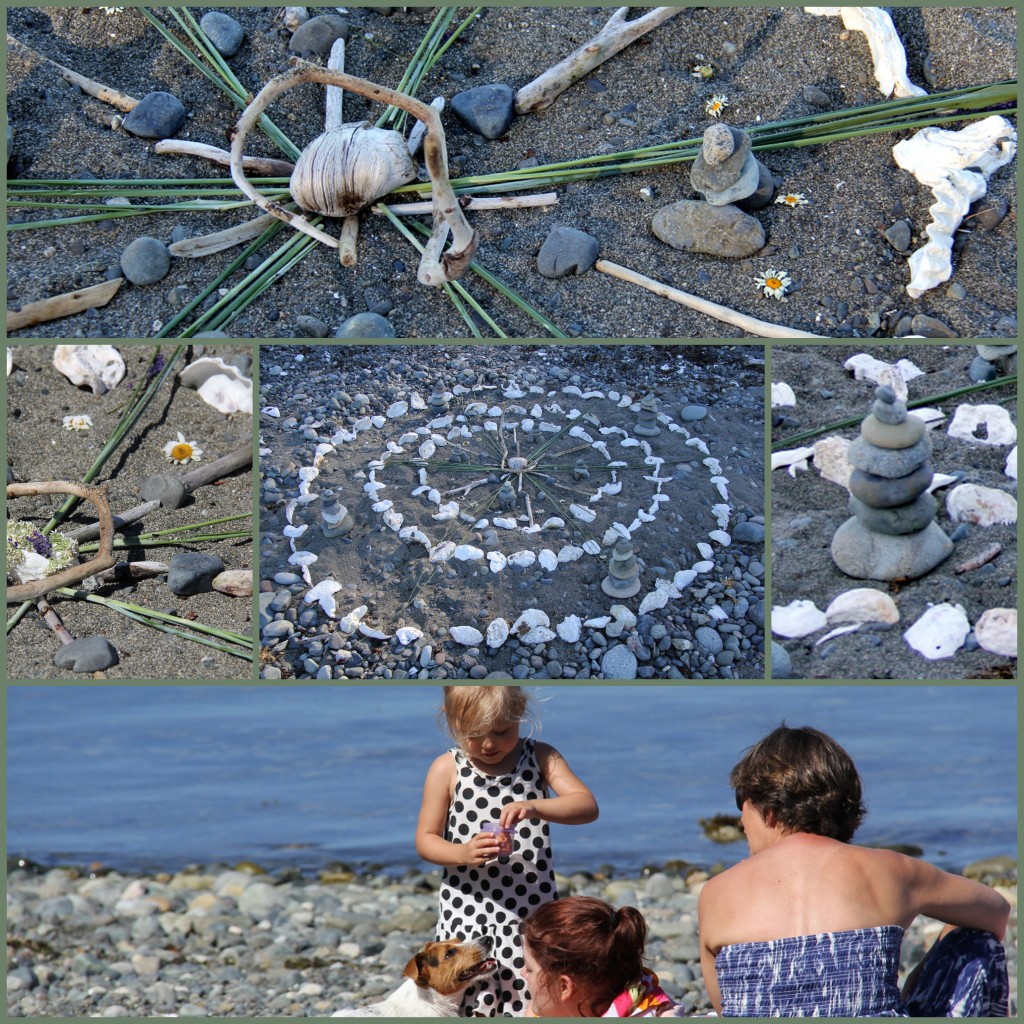
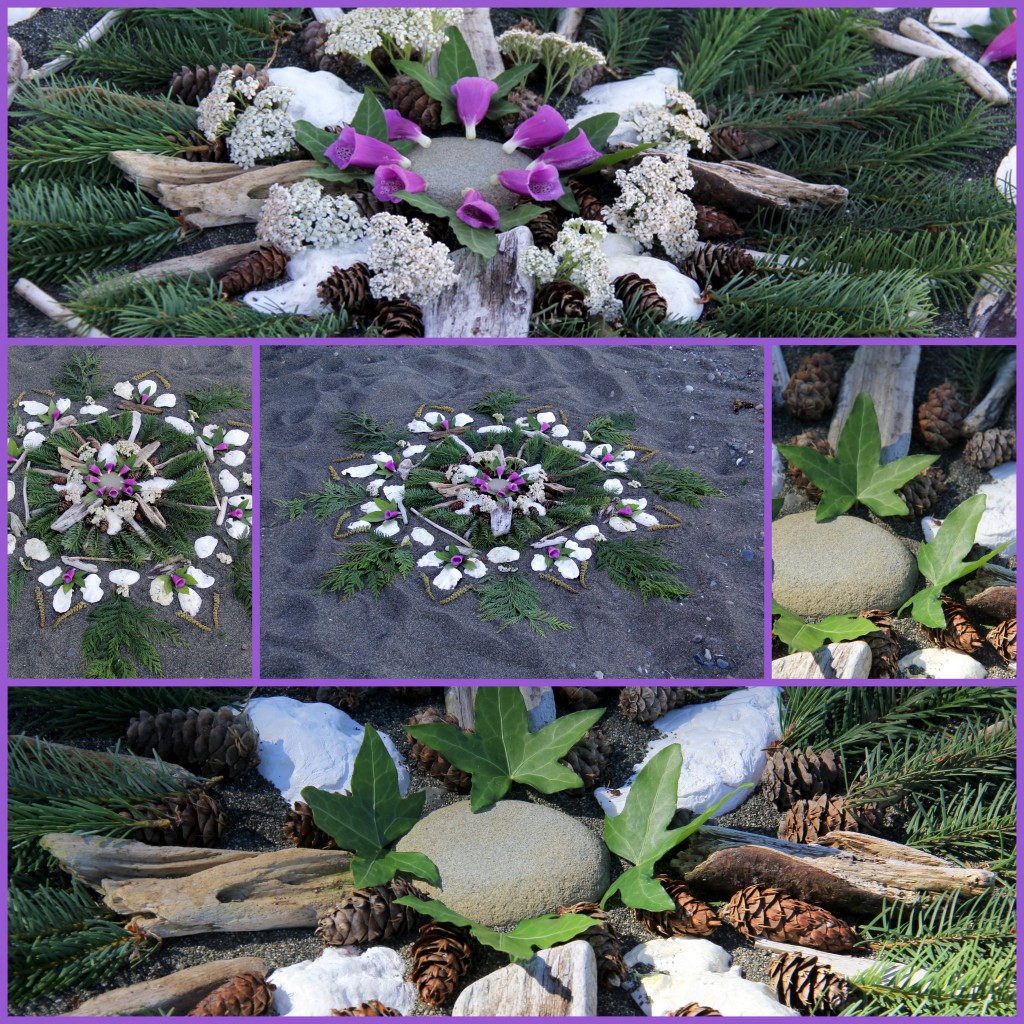
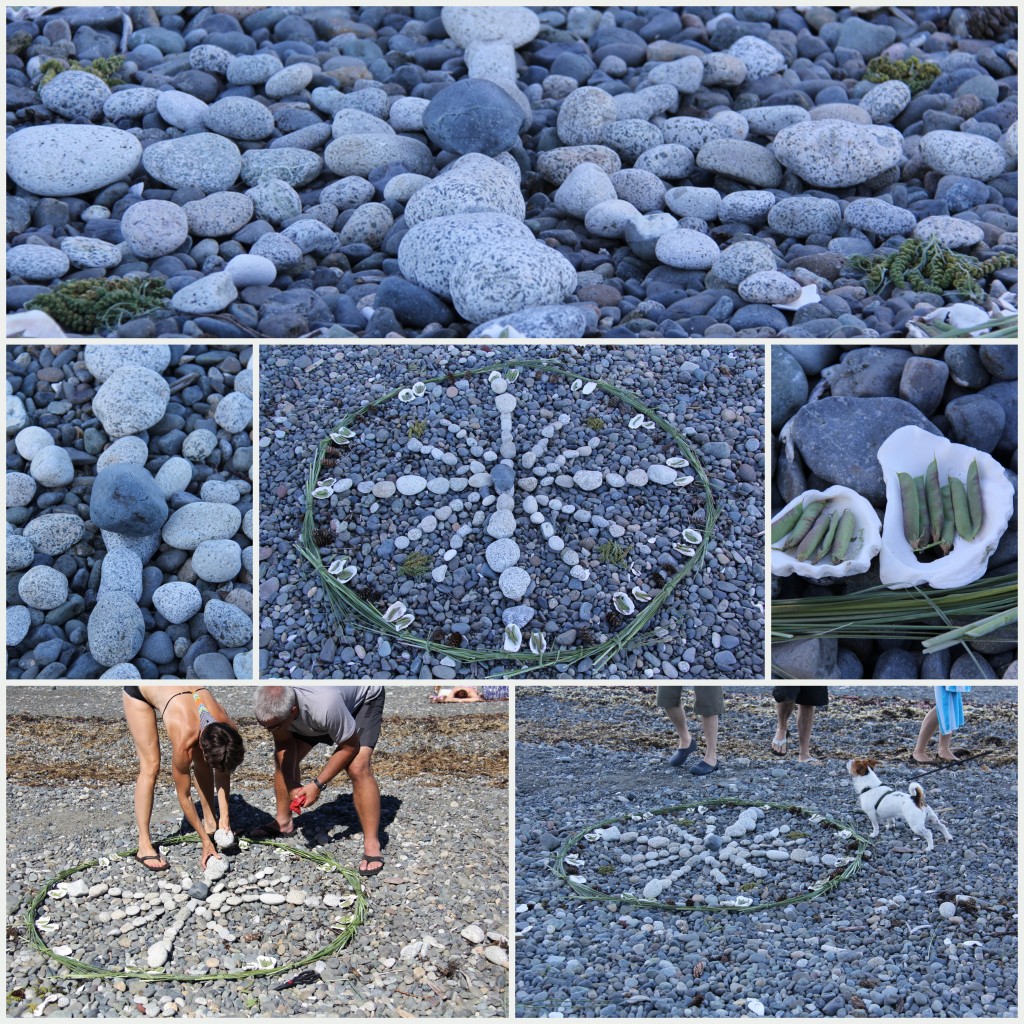
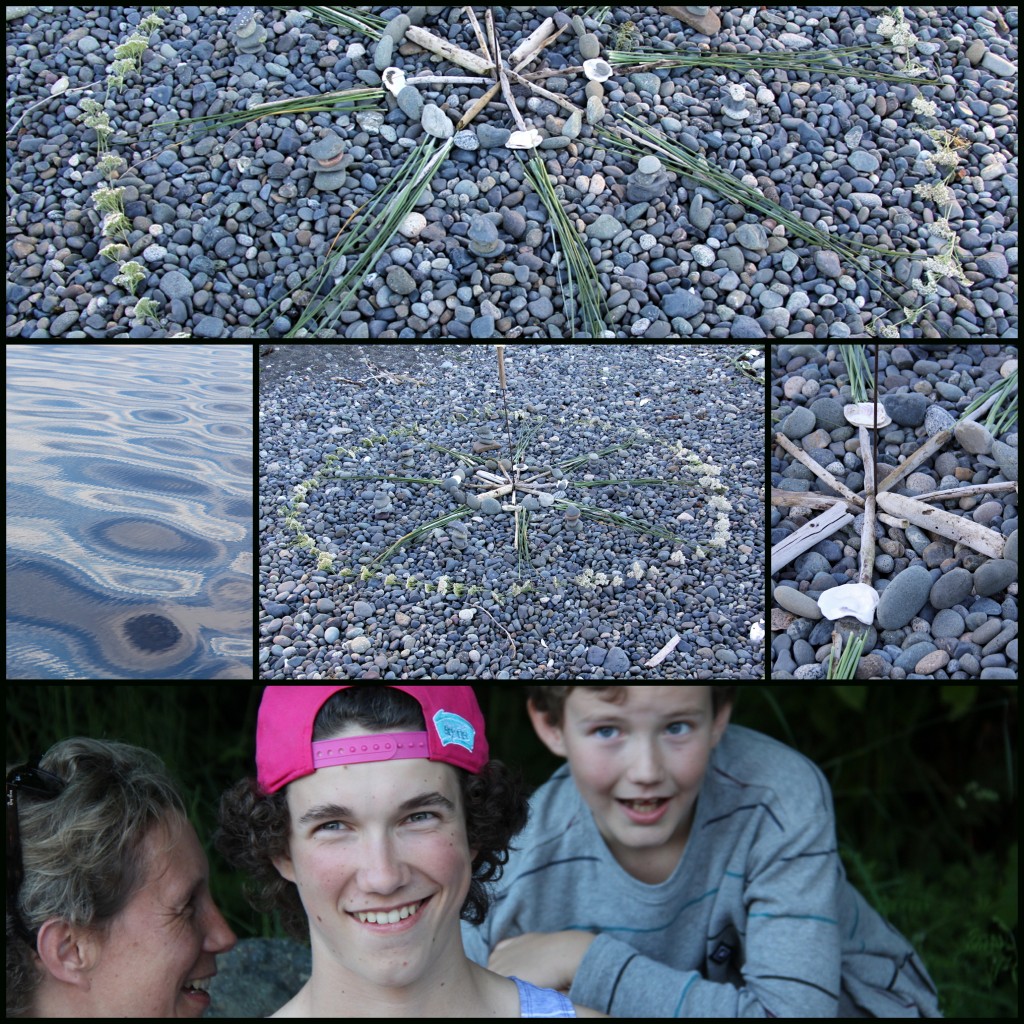
Paint Sample Art — Butterflies Celebrate Summer Solstice
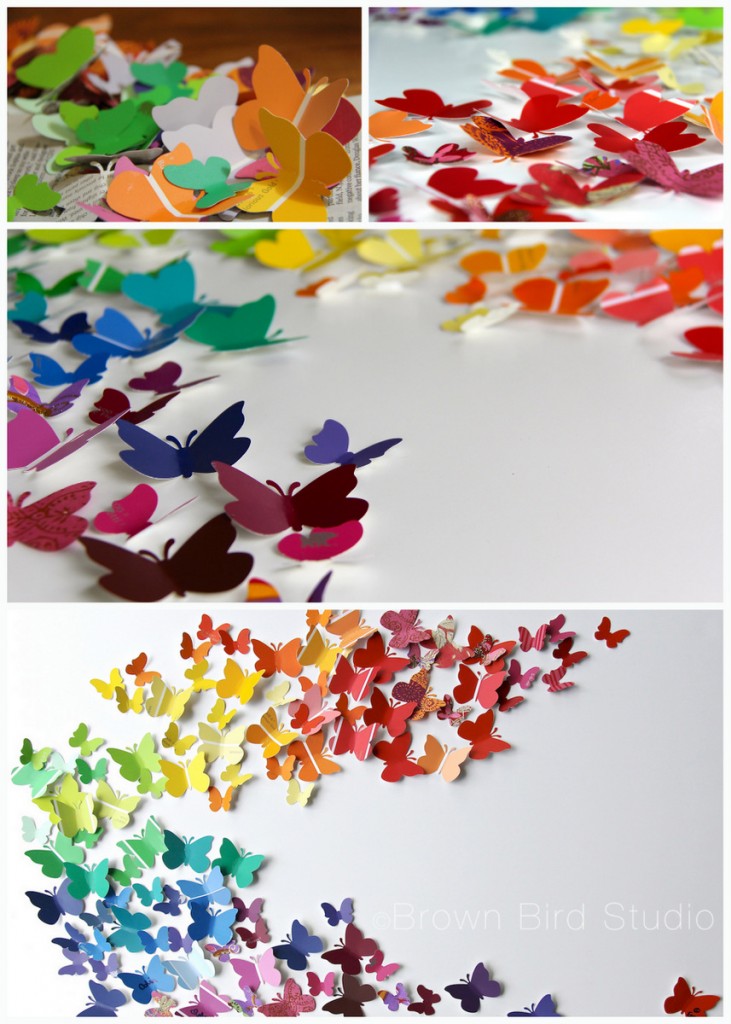 One of the projects I did with the girls this week was to create this piece of wall art for their mom’s office wall. (Her office is so totally in need of bright beautiful art to cheer up the grayness. heh.)
One of the projects I did with the girls this week was to create this piece of wall art for their mom’s office wall. (Her office is so totally in need of bright beautiful art to cheer up the grayness. heh.)
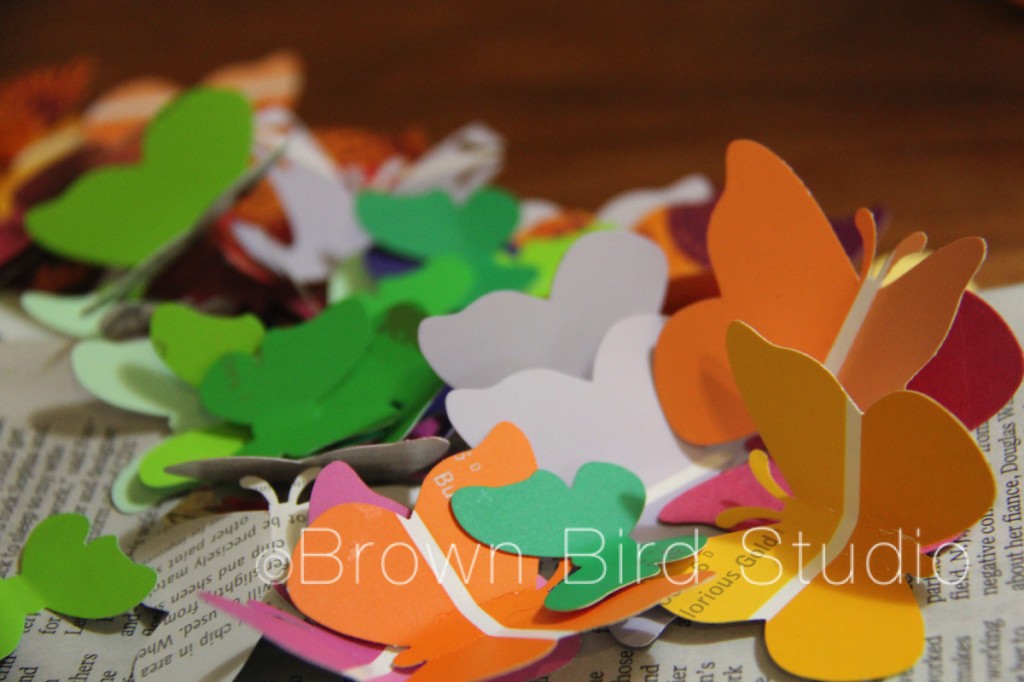 We used the paint samples you can get at hardware stores. Home Depot was kind enough to let us have a big handful of samples for free. The girls picked out the colors, punched the shapes with paper punches and bent the wings to make the butterflies look three dimensional. We also used some leftover pieces of printed papers I had lying around, to add variety.
We used the paint samples you can get at hardware stores. Home Depot was kind enough to let us have a big handful of samples for free. The girls picked out the colors, punched the shapes with paper punches and bent the wings to make the butterflies look three dimensional. We also used some leftover pieces of printed papers I had lying around, to add variety.
Next we worked together to come up with the swoosh shape and I glued them onto a large piece of foam core. I wanted to use a large stretched canvas, painted white, but my supply budget for the summer wouldn’t stretch quite that far and I didn’t feel like stretching my own canvas. You could also use a piece of nice 1/4 inch birch plywood with sanded edges … maybe leave the natural wood color, or paint with white acrylic or indoor wall paint.
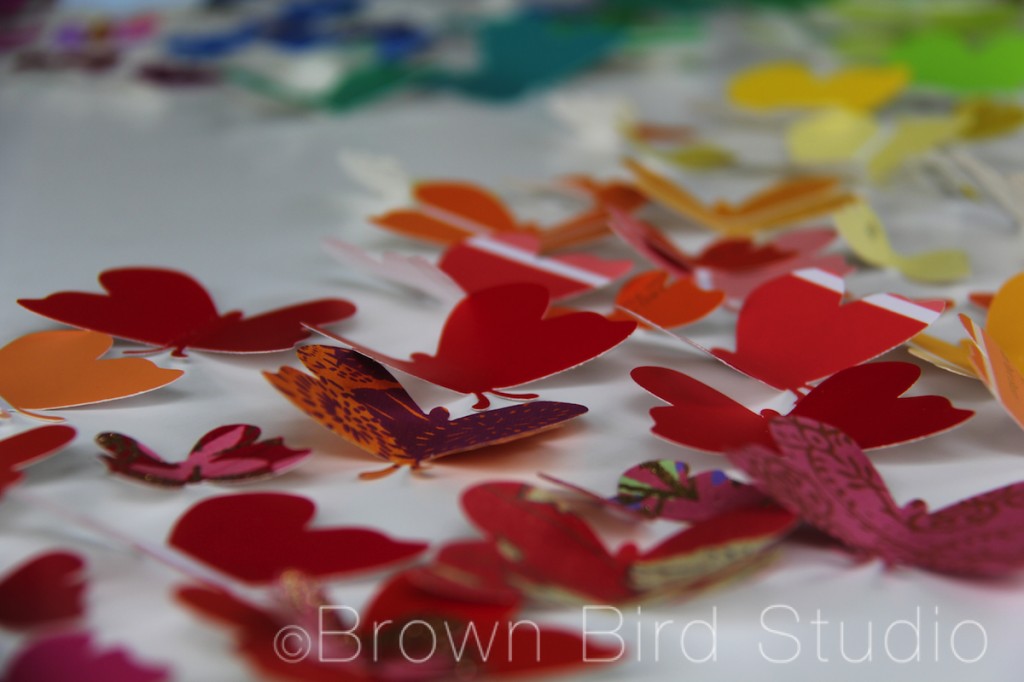 We used Craft Glue to attach the butterflies to the foam core. I thought about using hot glue but decided it would be too messy and overkill, since the little butterflies are so lightweight.
We used Craft Glue to attach the butterflies to the foam core. I thought about using hot glue but decided it would be too messy and overkill, since the little butterflies are so lightweight.
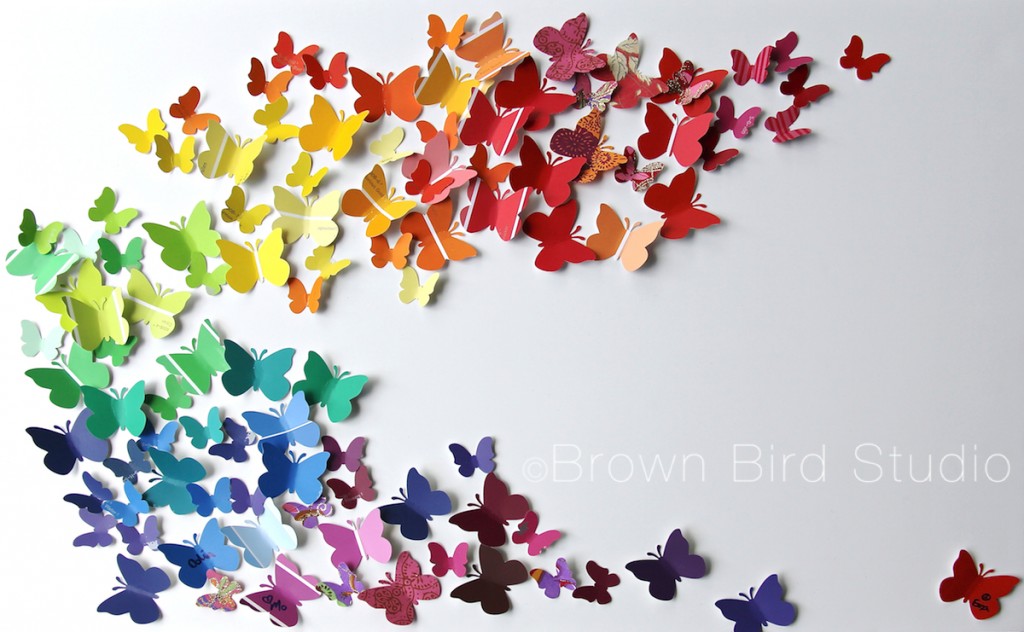 We have a rainbow thing goin’ on in this butterfly swarm, but we could as easily have chosen to use a different color scheme. You could even do an “ombre” design — the great thing about paint samples — there are so many colors, and if you get the sample cards that have 4 or 5 shades of color on each, well that would be just easy!
We have a rainbow thing goin’ on in this butterfly swarm, but we could as easily have chosen to use a different color scheme. You could even do an “ombre” design — the great thing about paint samples — there are so many colors, and if you get the sample cards that have 4 or 5 shades of color on each, well that would be just easy!
Glue or stick some hangers on the back and voila! You have a colorful work of happy art. Total cost for this project: $3.00 (I already owned the paper punches. These are expensive, but maybe find someone who would lend you theirs … or plan to spend many evenings hand cutting hundreds of shapes.)
Supply List: craft glue, foam core (stretched canvas or 1/4 inch plywood panel may also be used), lots of paint sample chips, paper punches, one or two picture hangers for the back
Kid’s Art: DIY Painted Tiles, written by Ema and Adia
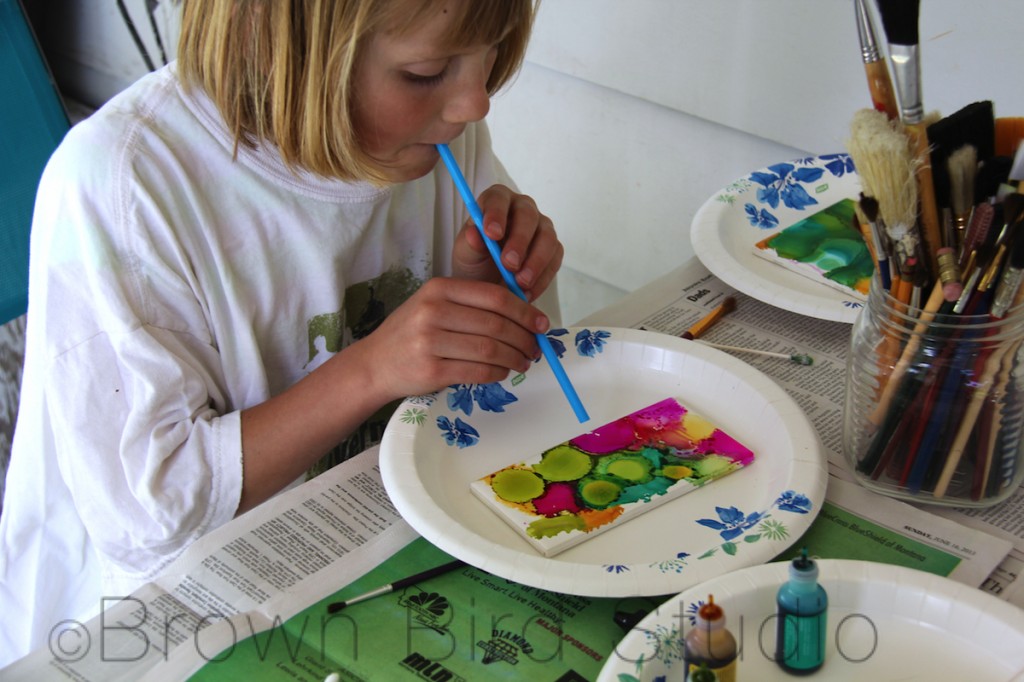
Ema and Adia are spending lots of time with me this summer, just chillin, havin fun, learnin some stuff and makin some art. So far, I think we are using this first week to get used to each other, test limits, and figure out what we want to do for the rest of the summer. It’s been interesting and … I am very tired each evening. I think they might be too. I think that is a good thing.
I promised the girls I would teach them how to make blog posts, so every once in awhile Ema and/or Adia will be a guest blogger here on Water::Earth::Wind::Fire. I hope you enjoy their posts. At first, I will take dictation, typing pretty much exactly what they tell me to type. At some point, I will let them do the entire post. So, here goes, with the girls’ first ever blog post….
Ema writes:
We wanted to make something nice for my mom’s office, so we made these tiles. We saw these on Pinterest, and we saved them to our summer fun Pinterest board and this is one of the projects my sister and I both wanted to do this summer. This was a creative and fun project. I would recommend this to children and their parents. To do one tile it takes about 5 minutes. Well, after you get everything set up, it goes really fast.
We made practice tiles first and my favorite one turned out to be my practice tile (that’s my practice tile, below.) It was my favorite because it had a lot of bright, different colors. I would describe the design as 3 different colored wax seals (like the ones on old envelopes) laying on top of each other. I really like that.
Here are the three tiles Ema made to go together as a triptych:
Editor’s note: Ema’s sister, Adia, made the list of supplies and wrote the instructions below:
How to Make Strawmania Painted Tiles
Supplies You Need:
- Rubbing alcohol
- Alcohol inks
- Ceramic tiles
- Paint brushes
- Bendy straws (or any kind of straw, but Adia says they should be bendy)
- Q-Tips (cotton swabs)
- Newspapers
- Modge Podge
- Felt circles
- Hanger thingamajigs
- Permanent glue
Instructions:
- Put down newspapers so you won’t get ink all over the place
- Take your tile and paint rubbing alcohol all over it. Use alot because it dries up fast
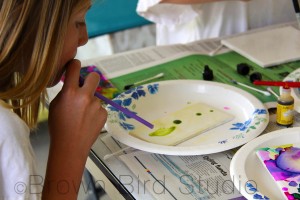
Drip little drops on ink on the tile right into the rubbing alcohol - Drip ink on the tile in little drops
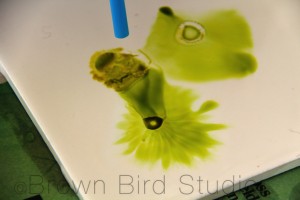
Blow the colors around with a straw or just let them do their thing - Use your straw and blow to make the dots expand.You can play around with the straw blowing to make really cool designs in the ink. (editor’s note: Adia and Ema invented this technique and Adia named the technique, “Strawmania.”)
- You can use a qtip to make shapes
- You can add more colors
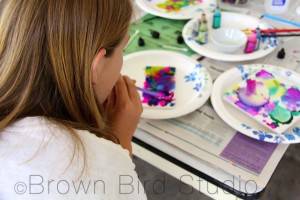
You can add more colors to your tile, blow them around or just let them mix - You can drip more rubbing alcohol to make really cool effects in the inks
- Next, let your tile dry
- After it’s dry you can add more ink colors, or you can add more alcohol and play around with it.
- When it’s all done and totally dry, you paint it with Modge Podge so the inks don’t disappear. Also to make it shiny. Also to protect the ink design
- When the ModgePodge is dry, you turn the tile over and put the felt circles on the corners (you need these so it won’t scratch your wall or your tables or tile)
- Then, glue on the hanger thingamajig with really good glue
Above is Adia’s finished triptych of tiles for her mom’s office. Adia writes:
My favorite part of making the tiles was Strawmania. That is what you do with a bendy straw when you blow through it onto the tile. It expands the ink blobs. You can blow colors together and mix them. Sometimes the color goes wherever it wants to go, which looks cool sometimes and other times it makes a big grey blob. If you get a gray blob, you can always add more alcohol and then add another color to make it colorful. That fixes it. This is something I will probably want to do again. Next time I will use less colors so my tiles don’t get big gray blobs. Here is my favorite tile (below). I am squirting the ink on it:
